41 euglena diagram with labels
K To 12 Science Grade 7 Learners Material - Module Materials Needed food labels Procedure 1. Refer to the labels of different food products below. 36 Soy sauce Ingredients: water, hydrolysed soybean protein, iodized salt, sugar, natural and artificial colors with tartrazine, acidulant, monosodium glutamate, 0.1% potassium sorbate, natural flavor and flavor enhancer. Bio 2 Exam 1, bio 1407 exam 2, bio exam 4 Flashcards | Quizlet Some labels may be used more than once. protocell components individual comp micelles fatty acids modern composed phospholipids bilayre steroids hydrophillic. Chemical and biological evolution of life Classify the following characteristics as describing either the chemical or biological evolution of life. chemcial involves formation abiotic stage 1 and 2 biological 3 and 4 …
Chloroplast - Wikipedia A chloroplast / ˈ k l ɔːr ə ˌ p l æ s t,-p l ɑː s t / is a type of membrane-bound organelle known as a plastid that conducts photosynthesis mostly in plant and algal cells.The photosynthetic pigment chlorophyll captures the energy from sunlight, converts it, and stores it in the energy-storage molecules ATP and NADPH while freeing oxygen from water in the cells.

Euglena diagram with labels
Student Exploration: Cell types Gizmo C. Turn off Show labels and turn on Show scale bars. The scale bar has a width of 20 micrometers, or 20 μm. (There are 1,000 micrometers in a millimeter.) Using the scale bar, about how wide is a human skin cell? Answer: It is about 30 μm. (Activity A continued on next page) Activity A (continued from previous page) Cell Types Gizmo Worksheet - StuDocu Match : Read about each microscope part. Match the description to the part on the diagram. F Stage: Platform where a slide is placed. A Eye piece: Lens at the top of the microscope that the user looks though. This lens most commonly magnifies a sample by 10x. C Coarse focus knob: Large knob that moves the stage up and down to focus the sample. D Fine focus knob: Small … Marine primary production - Wikipedia Marine primary production is the chemical synthesis in the ocean of organic compounds from atmospheric or dissolved carbon dioxide.It principally occurs through the process of photosynthesis, which uses light as its source of energy, but it also occurs through chemosynthesis, which uses the oxidation or reduction of inorganic chemical compounds as …
Euglena diagram with labels. Campbell Biology, 12th Edition [12 ed.] 9780135988046 ... • Lecture Presentations in PowerPoint® for each chapter with lecture notes, editable figures (art and photos with enlarged, customizable labels), tables, and links to animations and videos: • EXPANDED! 500 Instructor Animations and Videos, including BioFlix 3-D Animations, HHMI BioInteractive Animations and Videos, BBC Videos, and much more • Test Bank questions in … AS Level Biology (9700) P3 Guide – Diagrams – Stude Mate Learn the labels of the plan diagram. TS Maize Stem: Learn the labels of the plan diagram. TS Maize Root: Rice Plant – TS Root: ... Protoctists – Amoeba, Euglena & Paramecium: Just learn to draw these with reference to a slide and to label them. *This is it for this insert. I do have a few other diagrams that I’d like to add but I’ll do it when I find and scan them. About the author ... Cerium - Wikipedia Cerium is a chemical element with the symbol Ce and atomic number 58. Cerium is a soft, ductile, and silvery-white metal that tarnishes when exposed to air. Cerium is the second element in the lanthanide series, and while it often shows the +3 oxidation state characteristic of the series, it also has a stable +4 state that does not oxidize water. . It is also considered one of the rare … Flagella Function & Structure | What are Flagella? - Video ... May 28, 2021 · Labels/annotation that explains each part of the flagellum as well as its function within the system. If using commonly found items, students must include support for why the chosen items would do ...
Marine primary production - Wikipedia Marine primary production is the chemical synthesis in the ocean of organic compounds from atmospheric or dissolved carbon dioxide.It principally occurs through the process of photosynthesis, which uses light as its source of energy, but it also occurs through chemosynthesis, which uses the oxidation or reduction of inorganic chemical compounds as … Cell Types Gizmo Worksheet - StuDocu Match : Read about each microscope part. Match the description to the part on the diagram. F Stage: Platform where a slide is placed. A Eye piece: Lens at the top of the microscope that the user looks though. This lens most commonly magnifies a sample by 10x. C Coarse focus knob: Large knob that moves the stage up and down to focus the sample. D Fine focus knob: Small … Student Exploration: Cell types Gizmo C. Turn off Show labels and turn on Show scale bars. The scale bar has a width of 20 micrometers, or 20 μm. (There are 1,000 micrometers in a millimeter.) Using the scale bar, about how wide is a human skin cell? Answer: It is about 30 μm. (Activity A continued on next page) Activity A (continued from previous page)








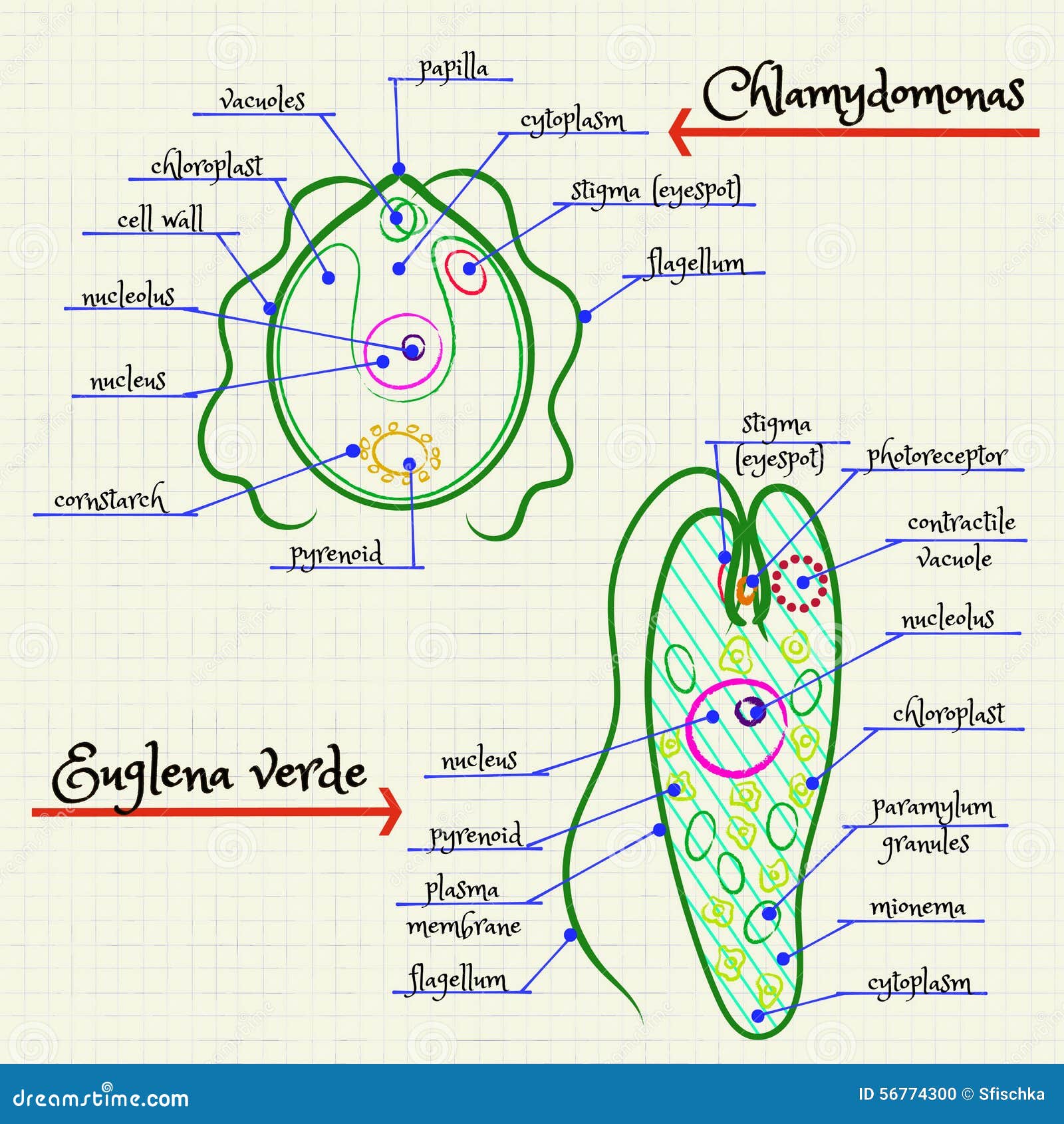







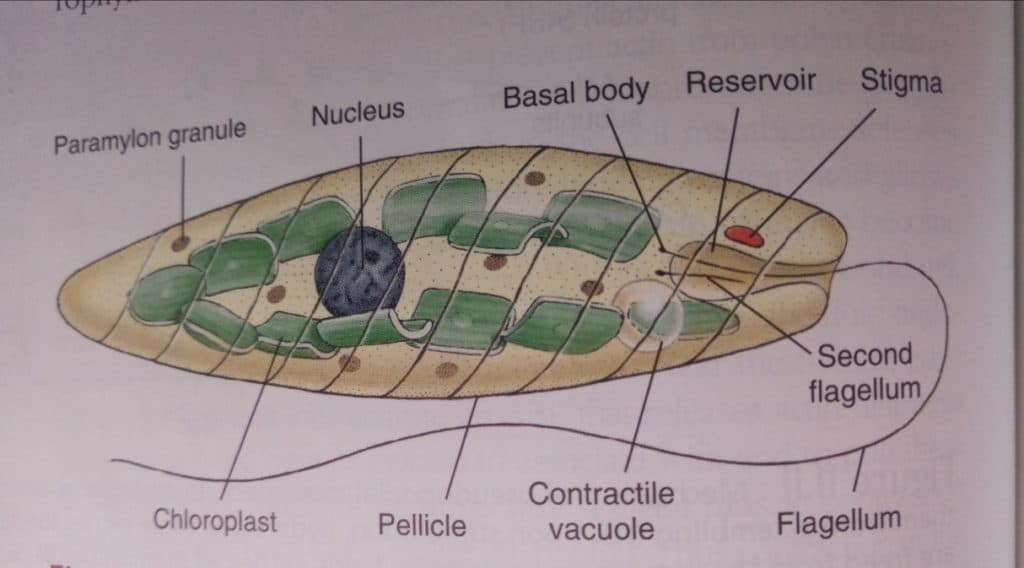

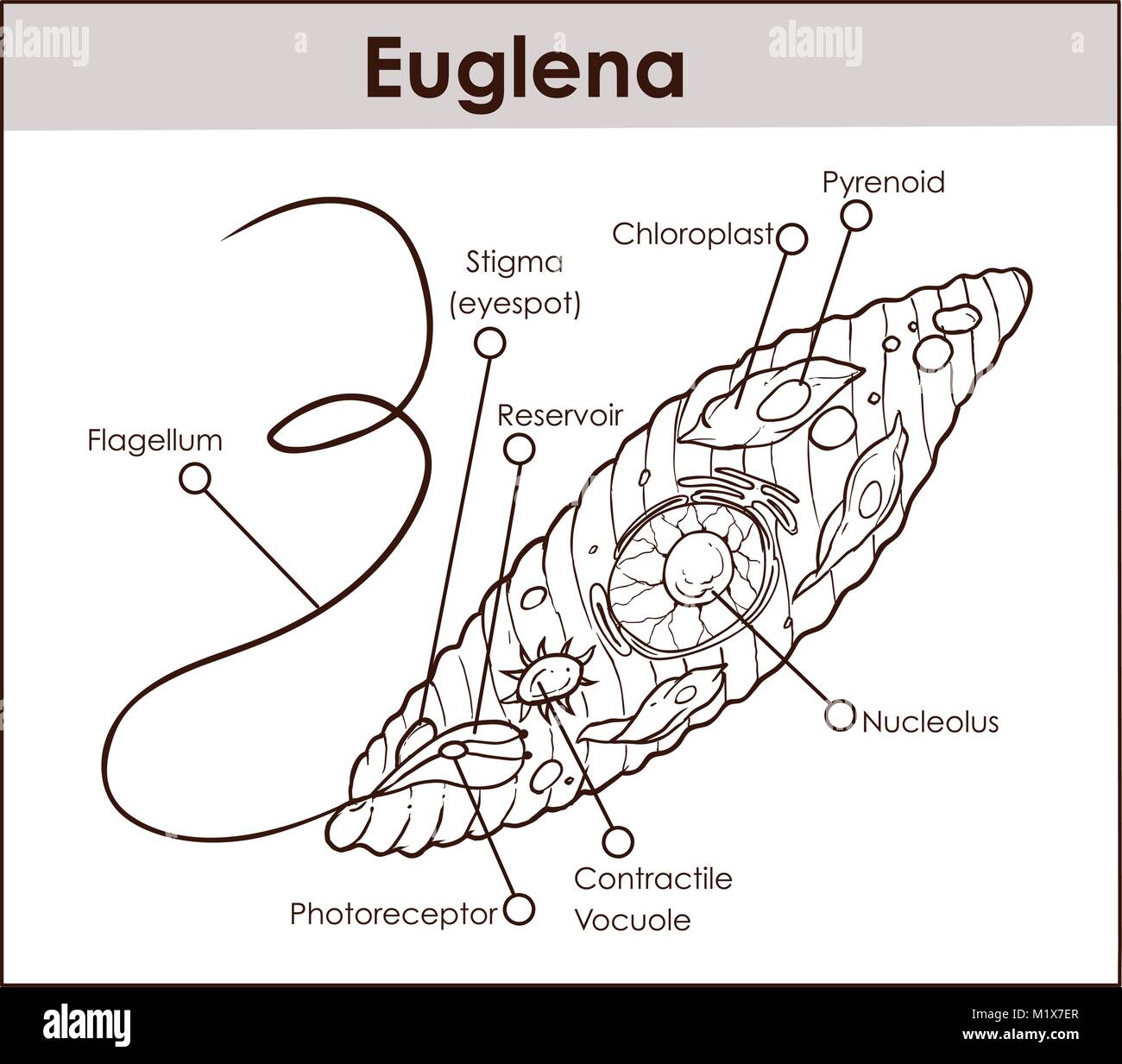
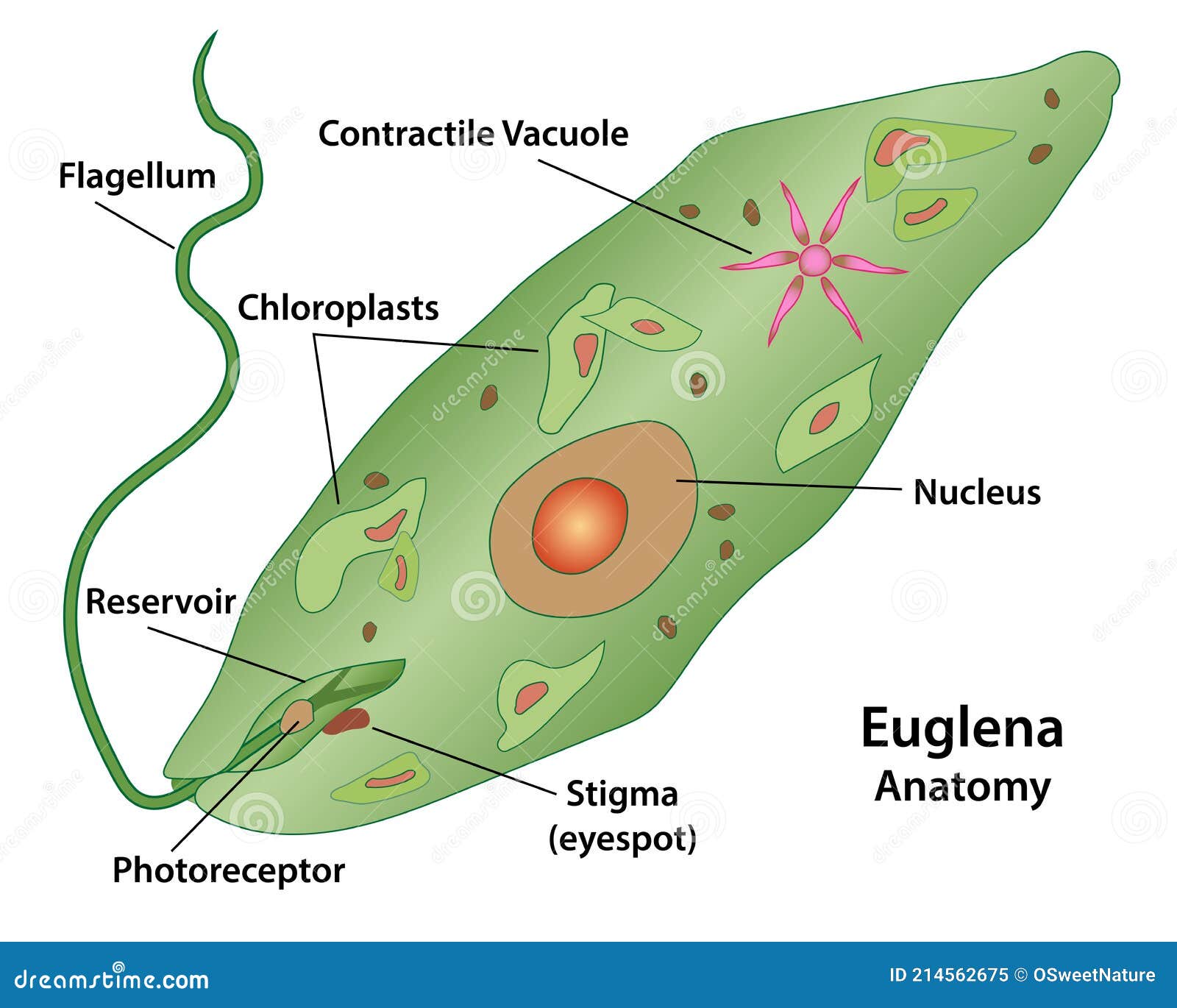
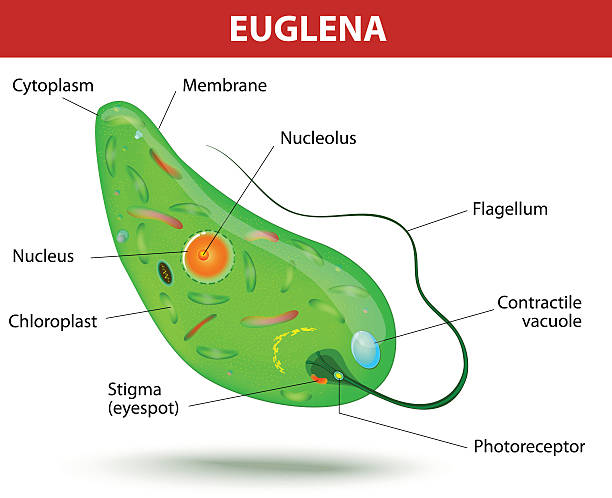




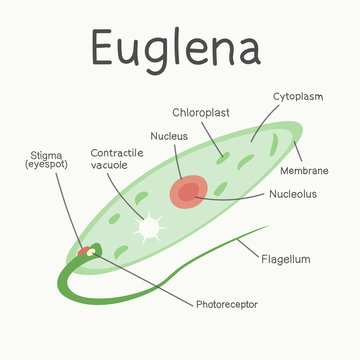

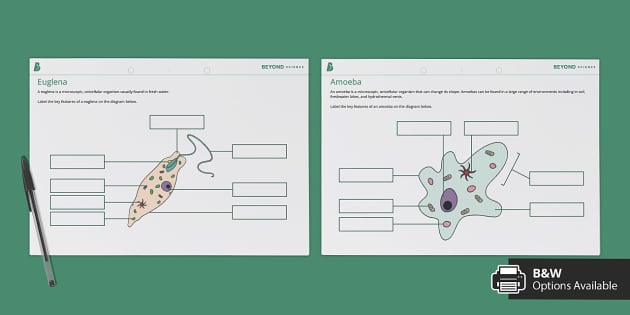



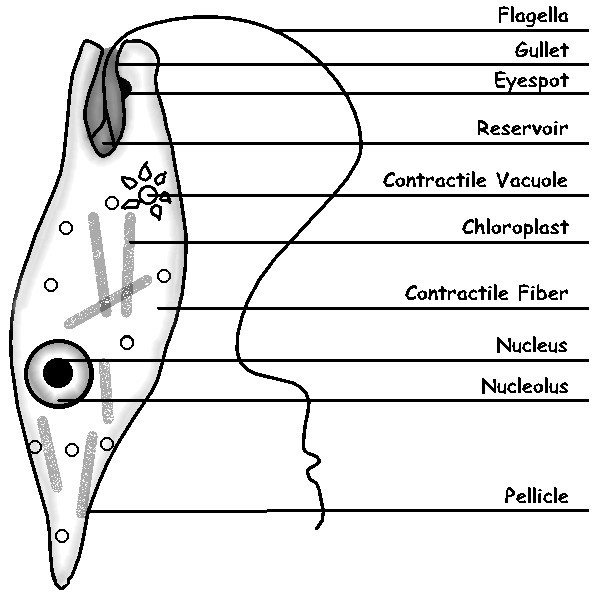

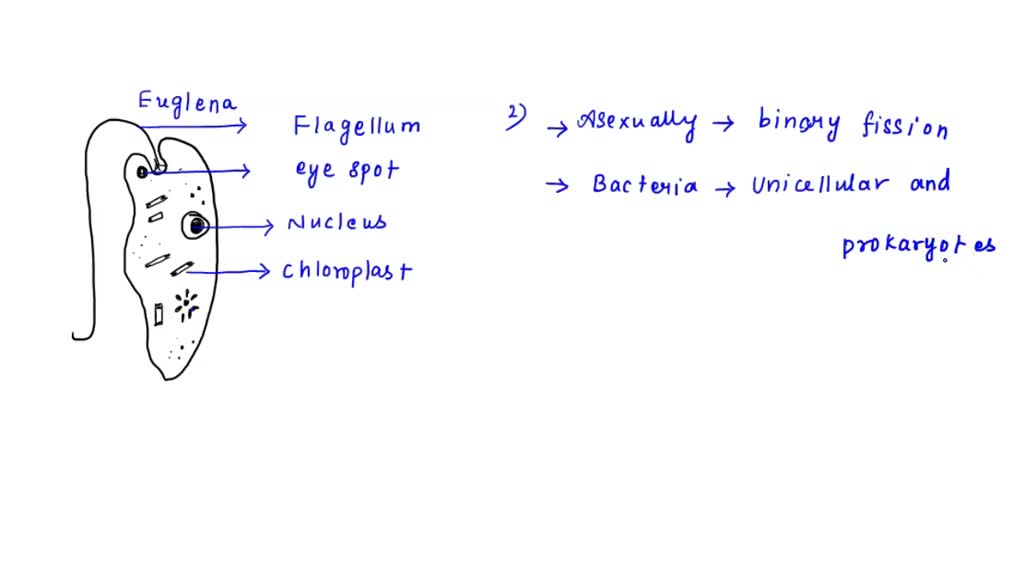



Post a Comment for "41 euglena diagram with labels"